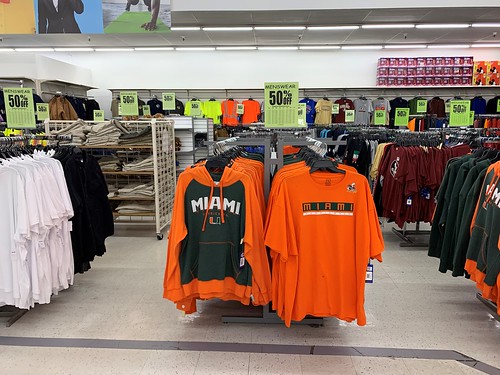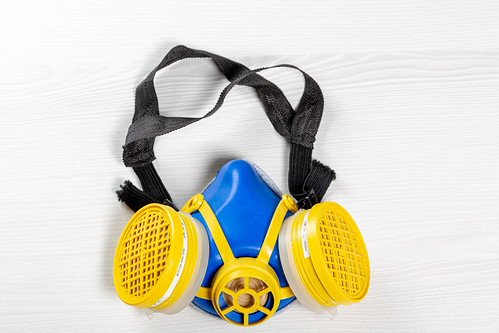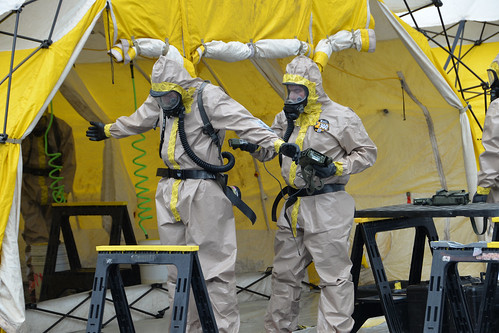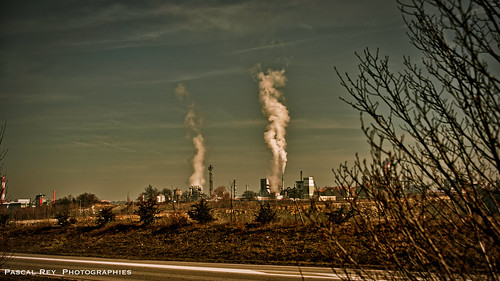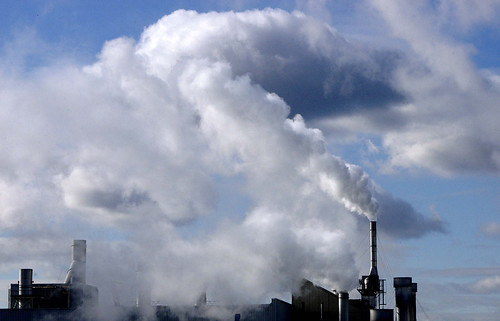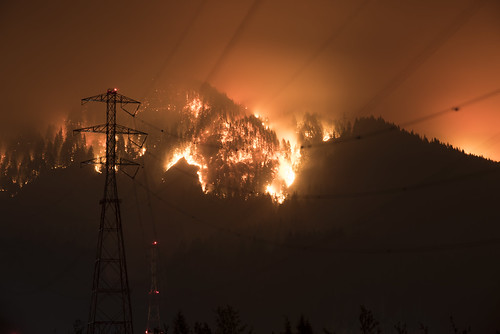If it’s true that “there’s safety in numbers,” it’s just as true that employees working in isolation risk more severe consequences from most incidents. Worker protection laws have long recognized this truism in industrial settings where medical emergencies, accidents, or even “bad air” can be fatal to a lone worker who could readily be rescued by co-workers were any present. In recent years, worker protection agencies in most Canadian provinces have adopted requirements to protect “workers working alone or in isolation.” The movement has spread to the United States, including a special focus on hotel workers. Because of these trends, now is a good time to review requirements and compliance programs.
Read MoreAudit, Compliance and Risk Blog
Tags: Business & Legal, Health & Safety, OSHA, Workplace violence
As we approach the winter holidays, retailers everywhere are planning their biggest cycles of annual sales. One doesn’t have to be a grinch to notice that these events can introduce additional hazards for retail employees – and for others who may be shopping. It’s therefore a good time to review guidance for managing these hazards, which was promulgated by the Occupational Safety and Health Administration (OSHA) in 2012. This guidance followed a national review after a highly-publicized incident during which a worker at a Long Island Walmart was trampled to death by a crowd mobbing the store’s Black Friday (day after Thanksgiving) sales event in 2008. OSHA determined that Walmart should have anticipated crowd-related hazards, and fined the company for a violation of the Employer’s General Duty Clause (I wrote about this here)
Read MoreTags: Business & Legal, Employer Best Practices, Health & Safety, OSHA, Employee Rights, EHS, Workplace violence
The Occupational Safety and Health Administration (OSHA) does not routinely inspect all employers, but instead allocates its inspector resources based on the agency’s evolving compliance and enforcement priorities. These priorities include a complex set of national/state/local priorities, such as “national emphasis programs (NEPs)” for process chemical safety or machine guarding, industry focus projects on primary metals industries, and site-specific responses to reported injuries or worker complaints. To meld and rationalize these overlapping priorities, OSHA headquarters periodically establishes weighting programs under which local offices tabulate inspection statistics to demonstrate inspection productivity by achieving higher overall scores. Effective October 1, 2019, OSHA has introduced a revised inspection weighting system, intended to motivate local OSHA offices to revise their inspection priorities.
Read MoreTags: Business & Legal, Employer Best Practices, Health & Safety, OSHA, Employee Rights, PSMS
The Occupational Safety and Health Administration (OSHA) requires employers to evaluate whether air quality in their workplaces requires respiratory protection for workers, and to establish comprehensive evaluation and respiratory protection programs where necessary. In September, OSHA issued minor revisions to its respiratory protection requirements provisions for general industry (29 CFR 1910.134), adding two new quantitative fit testing protocols. Because of these changes, now is a good time for employers to review requirements and compliance programs.
Read MoreTags: Employer Best Practices, Health & Safety, OSHA, Employee Rights, Environmental risks, EHS
Chemical Safety Board To Work on Accident Reporting Regulations
Posted by Jon Elliott on Tue, Oct 01, 2019
Among nearly one thousand pages of expansions to Clean Air Act (CAA) requirements, the 1990 CAA Amendments legislation provided for the creation of a national agency to conduct independent investigations of major chemical accidents, to issue accident-specific findings and specific or general recommendations for improved chemical handling and regulation, and to establish chemical accident reporting regulations. This agency’s formal name is the Chemical Safety and Hazard Investigation Board – which usually refers to itself as the Chemical Safety Board or CSB. CSB was finally funded and began work in federal Fiscal Year (FY) 1997-1998.
Read MoreTags: Health & Safety, Environmental risks, Environmental, Hazcom, CAA, CSB
DC Circuit Upholds Most of EPA’s 2015 Standards For Ground Level Ozone
Posted by Jon Elliott on Tue, Sep 17, 2019
On August 23, the federal Court of Appeals for the District of Columbia (DC Circuit) upheld most aspects of the National Ambient Air Quality Standards (NAAQS) for ground level ozone adopted by the Environmental Protection Agency (EPA) in 2015. The Clean Air Act (CAA) requires EPA to create a list of air pollutants based on emissions that cause or contribute to air pollution that may reasonably be anticipated to endanger public health or welfare (criteria pollutants), to establish NAAQS based on these criteria, and to review the NAAQS every 5 years.
Read MoreTags: Business & Legal, Health & Safety, Environmental risks, Environmental, EPA, Greenhouse Gas, ghg, CAA
EPA Proposes to Allow Hazardous Air Pollutant Sources to Reclassify From “Major” to “Area” Using Administrative Controls
Posted by Jon Elliott on Tue, Sep 10, 2019
The Clean Air Act (CAA) directs the Environmental Protection Agency (EPA) to define “hazardous air pollutants (HAPs)” that may pose acute health hazards, and to impose regulations to reduce those hazards. EPA requires permits for “major sources” of HAPs based on “Maximum Achievable Control Technologies (MACT),” and lesser controls for non-major “area sources.” Since the Trump Administration took office, EPA has pursued several initiatives to make it easier for sources to reclassify from “major” to “area” in order to reduce their regulatory responsibilities. For example, in January 2018 EPA ended a decades-old policy declaring that every emission source that met major source criteria at the time a MACT became effective was “once in, always in” and could not requalify as a less-regulated area source by accepting legally binding controls that reduce its “potential to emit (PTE).” (I wrote about this change here).
Read MoreTags: Health & Safety, Environmental risks, Environmental, EPA, Greenhouse Gas, ghg, Hazcom, Oil & Gas
Although workplace air quality concerns usually focus on contaminants produced by workplace activities, this summer’s wildfire season provides a reminder that unsafe workplace air may also enter from outside and offsite. On July 18, California’s Occupational Safety and Health Standards Board adopted an emergency rule (8 CCR 5141.1) requiring worker protection from wildfire-produced bad air, which the state’s Division of Occupational Safety and Health (Cal/OSHA) began to enforce effective July 29. In California, you should prepare to comply; if you work someplace else but could be affected by wildfires then this rule provides a useful basis for approaching the issue.
Read MoreTags: Health & Safety, OSHA, Employee Rights, California Legislation, Environmental risks, Environmental, EPA
Canada—Federal Employers: Prepare for a Wave of Change in Workplace Harassment Obligations
Posted by Maryse Tremblay on Tue, Jul 30, 2019
In the last few years, and particularly with the advent of the #MeToo movement, some employers may have seen a rise in the number of harassment complaints in the workplace, including sexual harassment complaints. Employers under federal jurisdiction have been affected as well.
However, the current legal framework surrounding harassment and violence in federally regulated workplaces is fragmented. The results of many public consultations have shown that this framework is not currently designed to adequately address occurrences of sexual harassment and sexual violence.
In that context, in the past 18 months, significant changes have been proposed to the current legislation to address workplace harassment situations.
Tags: Business & Legal, Employer Best Practices, Health & Safety, Employee Rights, Workplace violence, Canadian
Reporting EHS Releases – Responsibilities Continue Except For Some Farm Emissions
Posted by Jon Elliott on Tue, Jul 16, 2019
Among its many provisions, the Emergency Planning and Community Right-To-Know Act of 1986 (EPCRA, in this case Section 304) requires facilities to report releases of specified hazardous and extremely hazardous substances, if the release exceeds an applicable threshold reportable quantity (RQ). The Environmental Protection Agency (EPA) administers these requirements, and has just approved an exemption for emissions from animal wastes at farms (this exemption tracks one amended into the Superfund law (CERCLA) in 2018). Other types of facilities and activities are still subject to these reporting requirements, so it’s a good time to review them.
Read MoreTags: Health & Safety, Environmental risks, Environmental, EHS, EPA, Greenhouse Gas, ghg, Hazcom


